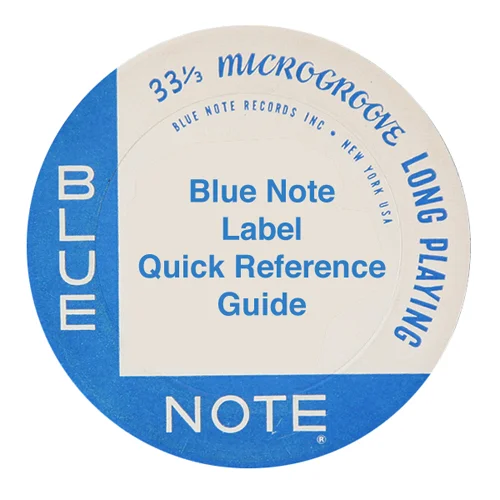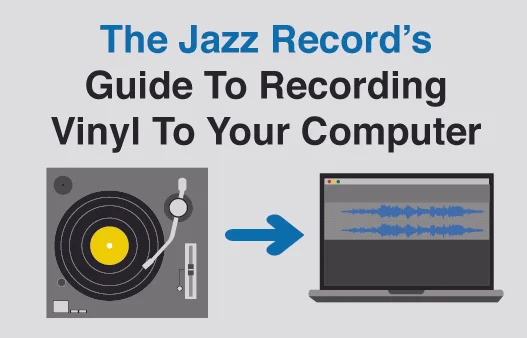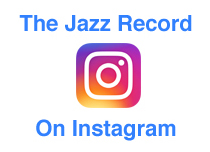Giants of Cool: Shorty Rogers - "Martians Come Back!"
/Shorty Rogers • Martians Come Back! • 1956 • Atlantic Records
Recorded October & November 1956 in Los Angeles
The Selections:
The Tracks:
A1. Martians Come Back
A2. Astral Alley
A3. Lotus Bird
A4. Dickie's Dream
B1. Papouche
B2. Serenade In Sweets
B3. Planetarium
B4. Chant Of The Cosmos
The Players:
Shorty Rogers - Trumpet, Flugelhorn (all tracks)
Jimmy Guiffre - Clarinet, Tenor Sax, Baritone Sax (on Martians Come Home, Lotus Bird, Papouche, Planetarium & Chant Of The Cosmos)
Bud Shank - Alto Sax (on Dickie's Dream & Chant Of The Cosmos)
Harry Edison - Trumpet (on Astral Alley, Dickie's Dream & Serenade In Sweets)
Conte Candoli - Trumpet (on Astral Alley & Serenade In Sweets)
Pete Candoli - Trumpet (on Astral Alley & Serenade In Sweets)
Don Fagerquist - Trumpet (on Astral Alley & Serenade In Sweets)
Bob Enevoldsen - Valve Trombone (on Chant Of The Cosmos)
John Graas - French Horn (on Chant Of The Cosmos)
Paul Sarmento - Tuba (on Chant Of The Cosmos)
Barney Kessel - Guitar (on Dickie's Dream)
Lou Levy - Piano (on Martians Come Home, Lotus Bird, Papouche & Planetarium)
Earl Gray - Piano (on Astral Alley, Lotus Bird & Chant Of The Cosmos)
Pete Cera - Piano (on Dickie's Dream)
Ralph Pena - Bass (all except Dickie's Dream)
Leroy Vinnegar - Bass (on Dickie's Dream)
Shelly Manne - Drums (all tracks)
The Record:
Before picking up Martians Come Back!, I knew nearly nothing of the trumpeter and composer Shorty Rogers, thinking of him more as one of those hokey "jazz" artists of the 1950s, not someone to be taken particularly seriously. Well, more wrong I could not have been. I grabbed Martians Come Back! out of the racks primarily because I recognized the space-age cover from some LP cover books I have, and seeing that it was only $8 (and an original Atlantic pressing as well) I figured it would make a nice addition to my collection of funky album covers. But a quick look at the musicians joining Rogers (as "His Giants") and it quickly occurred to me that I might have something more than simply a nice piece of period artwork on my hands. It turns out that the LP is an outstanding example of the cool jazz sound coming out of the West Coast during the mid-1950s. After a little Google session, I came to find out that Rogers was one of the originators of this style (his muted trumpet and flugelhorn style fits it perfectly), and his talents in this arena as a player, arranger and composer were made abundantly clear after my initial spin of Martians Come Back!.
Of course, I didn't know any of this when I first put the record on the Thorens, I figured that at the very least I might get some nice licks from the players I did recognize: Jimmy Giuffre, Bud Shank, Barney Kessel, Lou Levy, Leroy Vinnegar, Shelley Manne and the Candoli brothers. The presence of Giuffre was of particular interest, what was this severely underrated jazz master doing on a session like this? As it turns out, he had teamed up with Rogers all throughout the 1950s, the two men clearly appreciating the talents each brought to the table. Why Giuffre remains merely a cult figure in modern jazz even to this day is a discussion for another time, but his skills on the clarinet, tenor saxophone and baritone saxophone are on clear display all over this album.
Rogers In The Studio. (Date & Photo Credit Unknown)
On Martians Come Back!, Rogers' employed four different groups in the studio, the first being a quintet consisting of Rogers, Giuffre, Levy, Pena and Manne; and the four tracks (including the title track) where this configuration appears are my clear favorites on the album. They perform in that classic cool jazz style that borders on hard bop, and the interplay and confidence of the players behind Rogers is both evident and enthralling. The head of Atlantic Records jazz division, Nesuhi Ertegun agreed, saying, "I know of few examples, in recent years, of such joy and skill in improvisation, of so much vigor and directness of expression, so much freedom and imagination and fun. It is difficult to conceive of musicians more at home in the climate of jazz than the members of [Rogers'] quintet."
A note on the title track: it was named as a tongue-in-cheek response to "Martians Go Home," a track off of Rogers' first Atlantic LP. That track, according to the liner notes, had folks take notice of Rogers' and his Giants as it was an excellent composition in the style of Count Basie.
The other groupings that Rogers used were equally talented: a septet on "Dickie's Dream" (a Basie tune, and the lone non-original on the LP), a nonet on the closing track "Chant of the Cosmos" and finally - as a throwback to the big bands in which all these jazz cats came up in and (i would guess) to show off his arrangement skills as well - he put together a trumpet ensemble consisting of five trumpet players backed by piano, bass and drums. The results of the trumpet group are much better than I would have expected: it's not simply a stunt, but actually produces a nice updated version of the swinging music of the 1940s from the likes of Ellington and Basie. I am not always a fan of LPs that involve a mixture of settings, as it can make for a bit of a disconcerting listen, but this is not the case on Martians Come Back!, where the basic style remains the same throughout and in turn makes for a fun and entertaining listen.
Rogers would go on to make more jazz records after Martians Come Back!, but after the success of his movie scores for The Wild One (check out "Chino," a great tune) and The Man With The Golden Arm (both of which are credited as helping to bring jazz music to the big screen) he seems to have finally decided to leave performing behind for good in 1960 and focus solely on composing and arranging for others. In an odd cultural twist, he served as the arranger on a bunch of records for the Monkees, including on their classic "Daydream Believer." He also worked on television scores for such 1970s television stalwarts as The Partridge Family and Starsky & Hutch. He did eventually return to the performing in 1982, finding some success playing to audiences that were finally returning to enjoy the sounds of modern jazz music (check out a killer live performance from 1983 with Rogers, Shank, Giuffre and Manne here).
The Vinyl:
The Details: As noted, my copy is an original Atlantic mono pressing on the classy black and white label. Atlantic in the mid-1950s was a major player in releasing the new sounds of both jazz and rhythm and blues, and in fact, the famous "1200 Jazz Series" of Atlantic LPs began in 1955 with the release of Rogers' The Swinging Mr. Rogers, when Nesuhi Ertegun took over the 1200 series to focus it exclusively on jazz. Ertegun was certainly successful in this regard, as by 1958 Atlantic was the second-largest independent jazz label, releasing albums by a whole slew of now legendary jazz artists.
The Price: $8 at my local record shop, right around the middle of the going rate on eBay and Discogs. It's a real steal at that price, considering it's an original Atlantic mono pressing and, more importantly, for the quality of the music within. I'd rate the vinyl a touch above VG, while the cover is just below VG+ considering the radio station sticker on the top left and some extra wear on the bottom right.
The Sound: Excellent full-bodied analog sound as one would expect from a vintage Atlantic mono pressing. The instruments jump off the grooves, and while I'm not familiar with the engineers on this session (John Krauss and John Palladino) they did a great job reproducing the sounds of the studio, particularly on the larger-group numbers (and especially on the trumpet ensemble tunes) where the many horns could have come off as muddied or lost within one another. My copy has some pops and static during playback even after a run through the Okki Nokki, mostly due to some staining on the vinyl, most likely from the vinyl being stored in an old plastic sleeve for too long. Overall it doesn't negate the enjoyment of the album, and for $8 do I really have a right to complain?
Final Thoughts:
The unexpected discovery of quality jazz music is a testament to digging through the dusty racks of record stores: you just never know what you might come across. That was certainly the case with Martians Come Back!, an album I would never seek out if I was doing some shopping online. Of course, in this day and age of vast digital libraries at our fingertips (Spotify is my personal choice), it is now possible to discover new and exciting jazz titles, which is an excellent by-product of the technological age we live in. I'm a vintage jazz vinyl enthusiast, but I am - first and foremost - a jazz music devotee, and I'll take the music any way I can get it.












